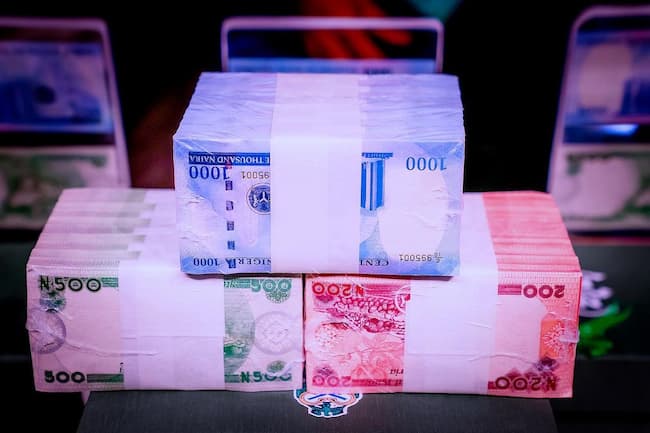The Nigerian naira fell sharply on Tuesday as demand for foreign currency soared above the prior trend despite the paucity of US dollars. The most recent demand shock in the official window has established a new price band for the currency to trade in.
This comes after the Central Bank of Nigeria (CBN) overturned its failing foreign exchange restriction policy on 43 commodities that the authority had ’emotionally’ prohibited in 2015. Analysts expressed worry that the naira had breached a new red line that would constitute the foundation for judging its performance versus the US dollar, British Pound, and Euro, among others, in response to the deteriorating official exchange rate.
“Recovery is unlikely in the immediate as demand shock has shifted spot rate pricing forward. It will require significant US dollar inflows to upturned the fortune of the local currency”, research analysts at LSintelligence Associates told our reporters in reaction to the worsening rates.
The exchange rate struck a new low at the official window, trading at N849 per US dollar, after trading near N1,000 during the day on the currency market. According to financial analysts, this is the greatest daily decrease in years. Exchange rates have been deteriorating throughout FX markets since the naira was launched in June, owing to the state bank’s failure to increase forex supplies.
According to FMDQ data, the Naira fell 8.90% in the Investors and Exporters window, closing at N848.12 to the dollar, down from N778.80 per dollar the previous day following a failed FX policy reversal. According to Refinitiv FX statistics, the exchange rate touched N980 per greenback during the intraday session due to continuous dollar shortages.
In an effort to stabilise the currency, the Central Bank of Nigeria (CBN) said it will intervene in the foreign exchange market occasionally to boost liquidity. Last week, the monetary authority announced it had ended an eight-year ban on some items that were restricted from accessing dollars on the official market.
Due to rising demand to meet respective import or foreign payments, the exchange rate in the parallel market worsened further, and now the gap between the two markets settled at N212. A slew of analysts said they have started projecting that the local currency would hit N1,000 at the official window due to the rate at which the local currency is falling.
In the open market on Tuesday, the US dollar was sold to FX users at N1,060 while external reserves remain at about $33.2 billion. Despite higher oil prices, the obligation associated with the country’s oil swap has reduced inflows into external reserves.
MarketForces Africa reported that oil prices are rising as energy traders remain in wait-and-see mode to see if the US diplomatic efforts will be successful in preventing the Israel-Hamas conflict from turning into a wider regional war.
Brent price traded around the $90 mark despite the news within the market that the U.S. plans to ease sanctions on Venezuela’s oil exports. The West Texas Intermediate (WTI) traded slightly above $85 per barrel while the Brent Crude price hung around the $89 market on brewing positive sentiments.












